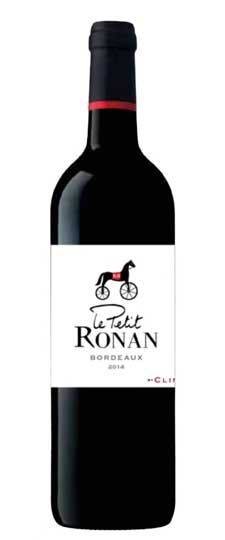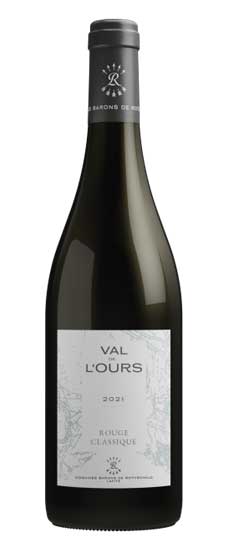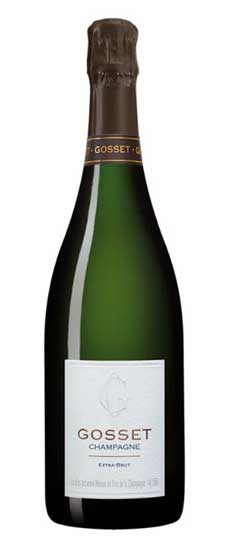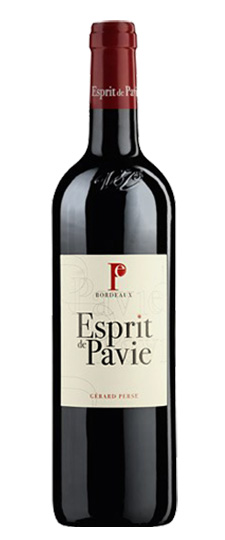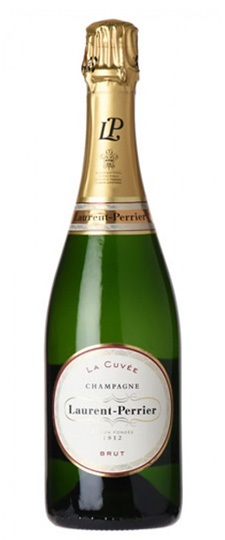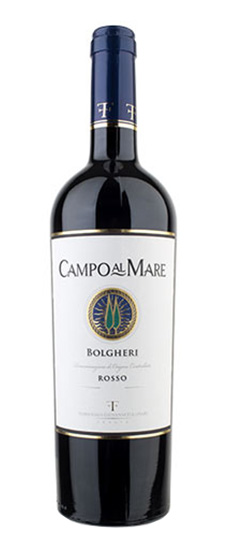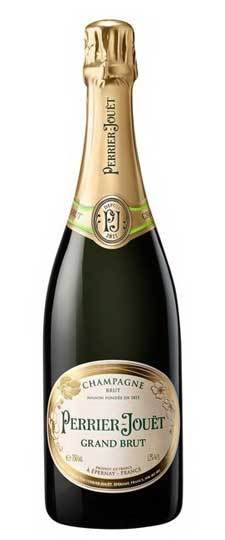Wine Score
Nose and palate: white flowers such as hawthorn and acacia with gourmet notes of pear, vine peach, mirabelle plum and greengage. A minimum of 4 years’ cellar ageing reveals its great aromatic complexity. This Champagne of great purity retains vivacity and freshness to balance its gourmet vinosity on the palate.
Dining and wine pairing: this is the Champagne par excellence for aperitifs and moments to remember whatever the occasion. Cuvée Gosset Extra brut goes perfectly with raw baby vegetables, fresh prawns or savoury cookies.
Wine and food pairing: this is the perfect aperitif wine for moments to remember on any occasion
Grape Variety
Champagne Blend Wine
The term Champagne Blend refers to one of the world’s most distinctive wine styles – the sparkling wines made from Pinot Noir, Chardonnay and Pinot Meunier that are most famously associated with the Champagne region of northern France. The term, however, has come to evoke wines made in the methode traditionnelle around the world, and particularly in New World countries like the United States, Australia, New Zealand and South Africa.
Pinot Noir and Chardonnay are the stars of the blend, usually used in roughly equal quantities in New World examples. The less glamorous Pinot Meunier really only comes into play in real, pure-blooded Champagne. In fact, there are seven permitted grape varieties in the Champagne AOC, although the remaining four – Pinot Gris, Pinot Blanc, Petit Meslier and Arbane – are so rarely used that they are typically forgotten, and are almost never used for sparkling wine production outside of Champagne (save for Pinot Blanc, which is used in Italy’s sparkling Franciacorta wines, and in Alsace).
Champagne Blend
The development of the Champagne Blend was not as deliberate as it might seem; the grapes that were chosen for cultivation in Champagne were those that were most likely to ripen in the cool continental climate of northern France. At a latitude of 49°N, Champagne is among the most northerly and coldest viticultural regions in the world. Its average growing season temperatures are several degrees lower than those found in California, Tasmania, Marlborough and the Western Cape, the regions that use Pinot and Chardonnay grapes in their sparkling wines. The cold autumns in Champagne make it a challenge to ripen grapes fully and to drive ferments through to completion. It was the latter fact that (according to legend) led the monk Dom Perignon to observe that unfermented sugar started a secondary fermentation in his bottles – and so began the development of the world’s most famous sparkling wine.
Other than the ability to ripen in cool climates, the three grapes all contribute something particular to Champagne Blend wines. Pinot Noir adds structure and brings a certain berryfruit nose to the blend, while the Chardonnay fleshes this out and sets the wine up for aging, particularly when the base wine is aged in oak. Pinot Meunier, the more widely planted of the three in the Champagne vineyards, is more of an insurance policy than a vital fine-wine component. Not only is it the first of the trio to bud and flower (avoiding the risk of frost damage) but it is also the first to ripen. This is a considerable advantage in any cool-climate wine region, and more than compensates for Pinot Meunier’s lack of flavor. This explains why “Champagne Blend” in the warmer regions of the New World so rarely refers to wines containing Pinot Meunier.
Variations on the Champagne blend are used all over the world, in the crémant wines of Alsace and Burgundy, in Italy’s top sparkling wine Franciacorta, and modern styles of Cava. The other members of the Pinot family (Pinot Gris and Pinot Blanc) are the other main varieties used in these variations. There is no question, however, that the classic Champagne Blend (or at least two-thirds of it) has proved its worth in vineyards the world over.
Food matches for Champagne Blend wines include:
- Smoked salmon terrine
- Pork and prawn dumplings
- Fried chicken with chilli mayo
Region
Champagne Brut Wines
Champagne Brut is dry, sparkling wine from the Champagne region of northern France. Champagne of any color can be brut, both the standard white and Rosé. It is made from the classic Champagne Blend (typically Chardonnay, Pinot Noir and Pinot Meunier) but in theory can also include the four lesser-known Champagne varieties: Pinot Blanc, Pinot Gris, Petit Meslier and Arbane.
The French word brut translates roughly as ‘raw’, and in this sense it indicates a wine bottled in its natural, raw state – i.e. without a significant addition of sweetness (dosage). In practice, almost all brut Champagnes do receive a small addition of sweetness prior to final bottling. Nowadays, the terms “brut nature” and “zero dosage” are used to indicate champagnes with no dosage at all. See Brut Nature.
 Champagne Brut
Champagne Brut
Rows of riddling racks in Champagne
The laws governing Champagne wine labels define brut wine as “containing less than 15 grams per liter of sugar”. This same definition is reflected in E.U. law, and applies to sparkling wines from all European countries. In non-sparkling wines, which lack Champagne’s sparkle and high acidity, this much sugar would leave the wine perceptibly sweet.
The brut style was pioneered by top-end Champagne house Perrier-Jouet in the mid-19th Century, originally for their extensive market in England. The 1846 vintage marked the beginning of a new era; in that year Perrier-Jouet took the brave decision not to add any sugar to their wines destined for the English market. Prior to this, Champagne had always been sweetened, but the drier, unsweetened style soon gained in popularity. Technically speaking, what Perrier-Jouet created would now be defined as Brut Nature.
In the late 20th and early 21st Centuries, dry, white, brut Champagne has become the default. It is now vastly more popular than sweeter styles such as Sec, Demi-Sec and Doux.
The other official Champagne sweetness levels:
- Doux (50+ g/L)
- Demi-sec (33–50 g/L)
- Sec (17–35 g/L)
- Extra-Sec (12–20 g/L)
- Brut (0–12 g/L)
- Extra Brut (0–6 g/L)
- Brut Nature/Zero (0–3 g/L).

